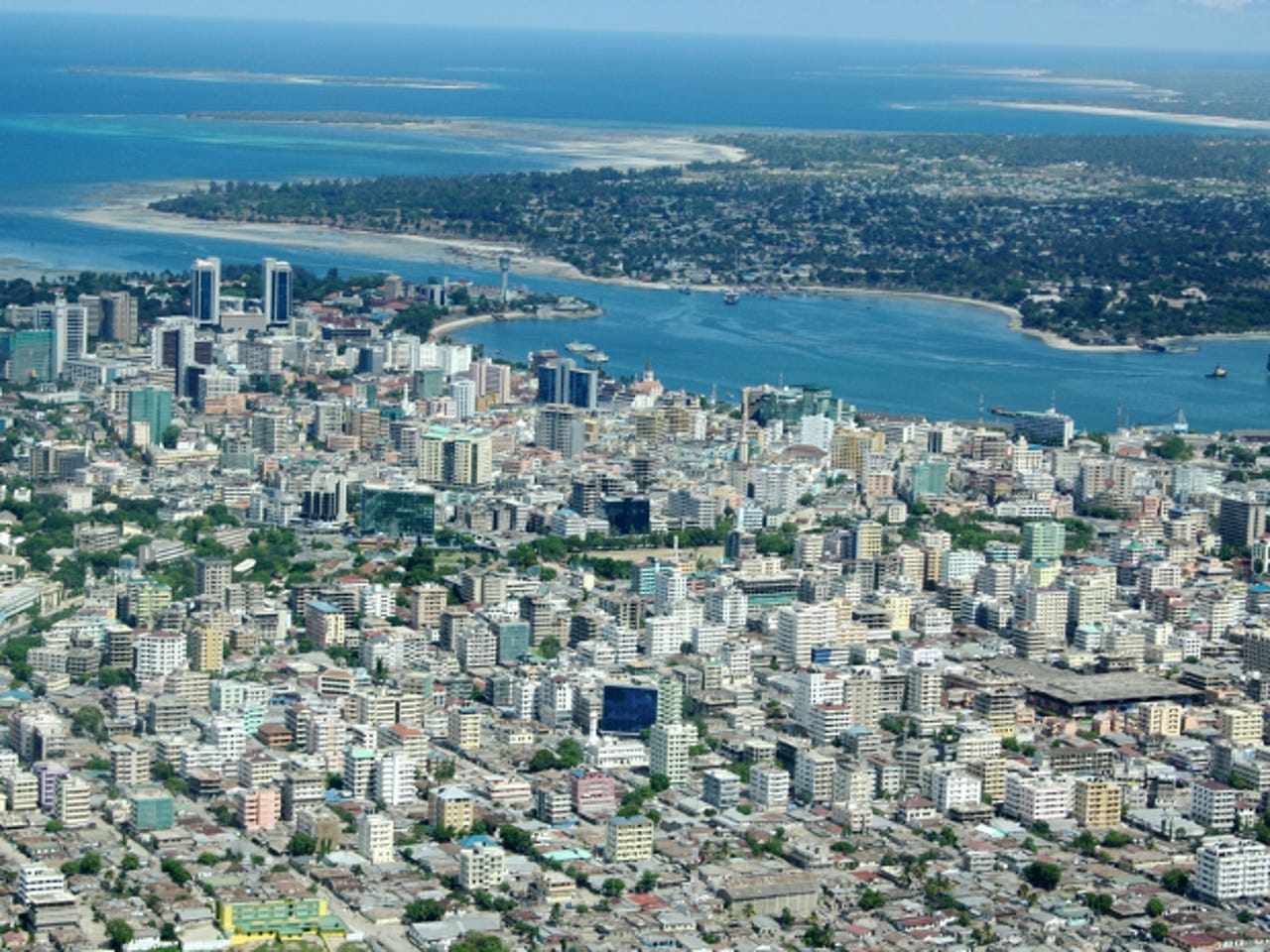Microsoft launches next TV white space pilot in Tanzania


Microsoft has launched its second TV white space project in East Africa this year, this time establishing a pilot in Dar es Salaam that will use the technology to bring wireless broadband to university students in Tanzania's largest city.
Like the project Microsoft launched earlier this year to trial white space broadband in rural Kenya, the pilot forms part of Microsoft's 4Afrika Initiative, a $70m effort to bring smart devices, connectivity and technology training to African entrepreneurs, youth, developers and graduates.
Microsoft is working with the Tanzanian Commission for Science and Technology (Costech) and local ISP UhuruOne to provide wireless broadband access to university students and faculties at the University of Dar es Salaam, among others.
UhuruOne will offer Windows 8 devices and service packages to universities in Dar es Salaam. The bundles will include a Windows 8 laptop or tablet, wireless broadband connectivity, along with applications and services. The organisations involved in the project are also working with banks to offer small loans to cover the cost of the packages.
Costech expects tens of thousands of Tanzanian students and faculty members to sign up for the wireless broadband packages offered by UhuruOne through the project, said the organisation's director general Dr Hassan Mshinda.
In addition, the pilot will hire a team of students as on-campus support staff for the network infrastructure.
White space broadband seeks to tap into unused portions of wireless spectrum in the frequency bands generally between those used for television signals. Microsoft believes white spaces are well-suited to delivering low-cost broadband to underserved communities because radio signals in these bands travel further and penetrate obstacles more effectively than other types of radio signals.
"White spaces technology and efficient spectrum management have a huge potential for expanding affordable broadband access throughout the world," said Paul Garnett, director at Microsoft's technology policy group.
But TV white spaces present an opportunity to combine the unlicensed regulatory model of wi-fi with globally harmonised TV spectrum below 1GHz for long range and low-power connectivity. White spaces could offer "new ways of opportunistically accessing unused radio spectrum to deliver a variety of applications, including really low-cost broadband access," Garnett added.
Unlike the Kenyan project, the Tanzanian pilot focuses on using white space broadband for an urban setting, he added. While some characteristics of TV white space make it well-suited for rural broadband, there are also clear benefits to using it in urban environments, said Garnett. Some potential applications for TV white space broadband in cities include machine-to-machine communication, better in-building coverage, enhanced hotspot access, and bandwidth for mobile traffic offload.
TV white space broadband could play a complementary role to LTE and 3G in African cities since TV white space and cellular connectivity have different strengths and benefits, he added.
Microsoft is not the only multinational tech company eyeing the potential of white spaces in Africa. Google has a similar white space trial underway in Cape Town, South Africa, which also aims to investigate the commercial feasibility of white space for broadband connectivity.
Google South Africa country director Luke Mckend told South African business publication Business Day on Friday that the trial should help regulator Icasa, government and the private sector to create a strategy to roll-out broadband in the cheapest and fastest way.